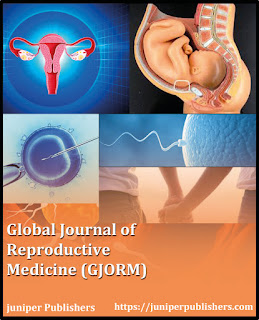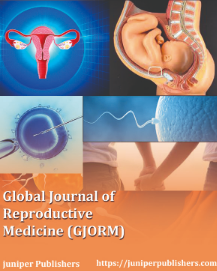Pregnancy in a Obese Married Lady with Hyperprolactinemia, Severe Hypertension Mildly Raised ACTH with Symptomatic Treatment Like Topiramate, Caberlin, Labetolololand Cycle Correction-Live Healthy Baby-Juniper Publishers-Global Journal of Reproductive Medicine

JUNIPER PUBLISHERS-GLOBAL JOURNAL OF REPRODUCTIVE MEDICINE Pregnancy in a Obese Married Lady with Hyperprolactinemia, Severe Hypertension Mildly Raised ACTH with Symptomatic Treatment Like Topiramate, Caberlin, Labetolololand Cycle Correction-Live Healthy Baby Authored by Kulvinder Kaur A 29 year old patient married for 5 years presented with irregular cycles, obesity and primary infertility of 5 years. On examination she was hypertensive with BP 190/110mm HG, Ht- 180cm, Wt-120kg BMI, 37.3Kg/m 2 SFSH- 6.2iu/l, LH- 9.2IU/L, S prolactin- 191ng/ml (5-29ng/ml), Thyroid function test was normal, s.cortisol-5(wnl), SDHES-WNL, GTT-within normal limits, postprandial insulin 56u-wnl, s testosterone was 0.6ng/ ml (0.2- 0.8ng/ml). ACTH was increased to 56pu/ml. Hence low dose and high dose dexamethasone suppression was done which was within normal limits. To Read More..... Full Text in Global Journal of Reproductive Medicine in Juniper Publishers






